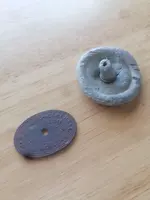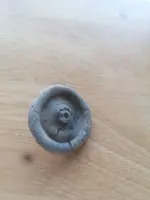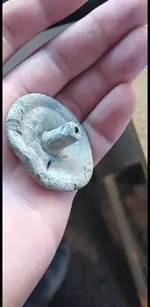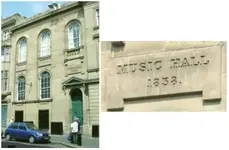Good token. The Tayler Cresswell blog Don linked to has most of the story.
The establishment was built in 1838 as a music hall for Robert Grainger. By 1861 it was operating as the “Lecture Room”, hosting exhibitions, concerts, bazaars and public dinners as well as lectures. It then became a circus venue as “Newsome’s Circus”, before re-opening on 14th December 1874 as the “New Tyne Concert Hall”.
Messrs. Elliott were indeed the proprietors in 1878, as successors to “Sayers & Elliott”. That puts the token between about 1878 and 1884 when the venue was re-named the “Gaiety Music Hall” or the “Gaiety Theatre of Varieties”. In the early 1890s it was taken over by the temperance movement and renamed "Central Hall". Then in 1911 it became a cinema as “The Gaiety” (Gaiety Theatre Picture Hall), popularly dubbed the "Pie and Tatie" by locals. It closed in 1949, having failed a licensing inspection, and was mostly demolished in 1964, but the façade is still there today:
View attachment 2010883
He says: “Placing the New Tyne Theatre hasn’t been easy but it seems it was on the West Bridge Road, fairly near the station”, which is broadly correct. Street addresses/layouts change over time. The original location was New Bridge Street West and the remaining façade is on what is now called Nelson Street.
There are a variety of possible uses for "theatre tokens" like this. Some relate to admission, and some relate to things like use of "opera glasses". You paid for the token and put it into a device screwed to the back of the seat in front of you to release the glasses for your use during the performance. You didn't get the token back until you returned the glasses to their holder and could then redeem it for what you originally paid. A bit like the way some supermarket trolleys work. Use is free for customers, but a nominal deposit discourages theft.








